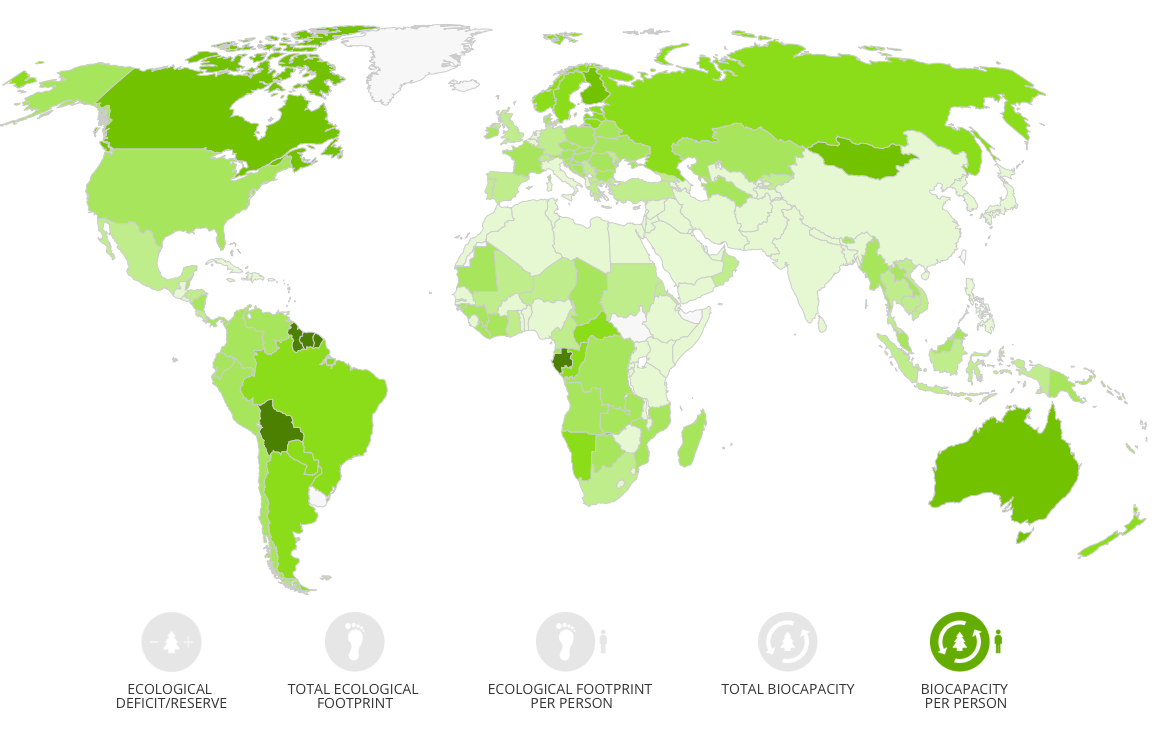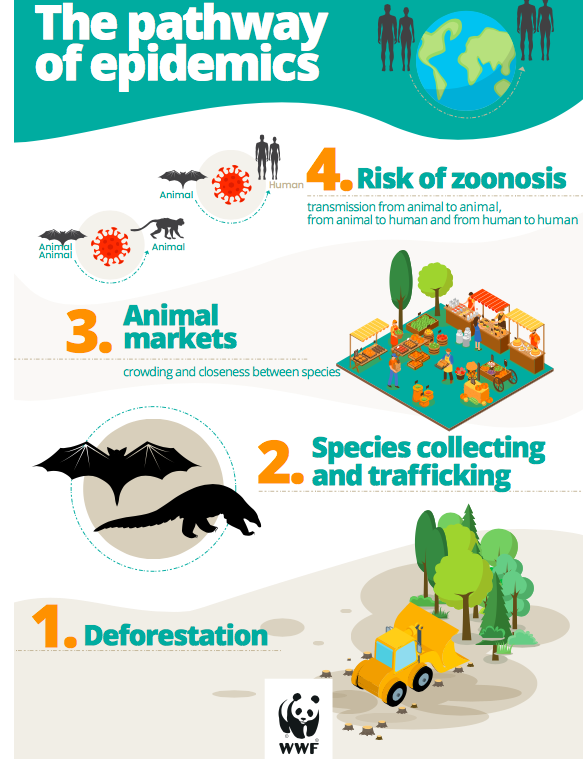This year has been above anything else a remarkable year. For some 2020 has been a less hectic year with more time for family and less travels, meetings and work. It is the year where physical conferences moved into our living room and kitchen through the Zoom and Teams. Some people might have reflected upon what truly matters, what they’re doing for living and how they want things to change for the better. Most people would probably agree that going back to normal is not a good option and that we should instead strive for less hectic lives with fulfilling work and days.
For others this has been the most hard working and hectic year ever. Hospitals has been crowded with sick and health workers have been on the brink to collapse. For some this year has been the most difficult year financially. Several people have lost their jobs and it has been an impossible situation for youth to enter the labor market. The financial stress might have skyrocket and some people might have lost everything where poverty rate have in poorer countries reach new record breaking levels.
Some might have lost someone dear this year. Some have not been able to say goodbye. Others has been isolated from loved ones and we all probably miss hanging out with someone by now. We haven’t been able to hug, meet or kiss and the loneliness might be stronger than ever before.
We have also seen the environment in some places heal. We have seen how emissions have decreased and how consumption and eternal increase in GDP growth is not essential when it comes to saving lives. We have witness which jobs are essential for a functioning society and I believe many of us are asking how we are contributing and how we can create a society with an economy that reflects the society value?
How have this year impacted someone working with sustainability in Sweden?
Swedish Red Cross
As a part of the largest humanitarian organisation, I joined the crisis management to help to assist our humanitarian work in relation to the needs in Sweden due to Covid-19. In my case I helped with donations, in terms of hospital material, from the private sector to hospitals. It was a few hectic months and it was an interesting journey to see how we could assist with these donations.
As the thematic advisor for sustainability I have also continued coordinating our sustainability work related to specific sustainability goals and our annual plan. This year we have for example:
Hold several seminars and events related to the climate crisis and it’s humanitarian effects. Not at least during the Red Cross and Red Crescent movements virtual Climate:Red Summit where we held several seminars related to greening and so on.
We have kept on sharing our best practices on greening of offices, green humanitarian response and sustainability with other national societies in the movement.
We have mapped years of our human diversity work and implemented improved strategies for future work.
We have educated the leading group, head of offices and the board on diversity.
We have launched second hand online, so more people could safely shop pre-loved items.
We have recruited new volunteers as sustainability ambassadors.
We have educated volunteers on Fairtrade and sustainability, digitally.
We have investigated climate compensation and chosen a strategy forward.
We have communicated the sustainability advantage of second hand and participated in the international campaign Circular Monday.
You can read more about the Swedish Red Cross sustainability work in the upcoming Annual Report in 2021. It will be available in Swedish.
A Sustainable Closet
Less than a year ago I thought about the little blog I had started in the autumn of 2019 with the purpose to share my joy for sustainable fashion. I thought, why not develop a proper fashion platform for people who love clothes but want to avoid consumerism? I thought, why not letting others define what a Sustainable Closet is and guide people do learn for themselves what their sustainable closet would be?
Since then I have worked to improve the platform and it’s content. I also got some help from Nicole who have written some blogposts, Emma who have launched our Instagram page and Lotta who is the producer for the upcoming A Sustainable Closet Studio. This year we have:
21 interviews with people we define as Change Makers. People from a diversity of backgrounds and fields, with a diversity of style and expressions that have shared their perspectives on what a sustainable closet is.
11 interviews with stores that offers costumers rental services, second hand or more ethically produced clothes. Several of them are start ups, such as Cirqular, Hyper, Hack your Closet, Rerobe and Tise. They are eager to contribute to a massive change in the way we enjoy clothes.
9 interviews with brands. These brands has put sustainability at the core of their business model. Several of them work with up-cycling such as Cornelia Sun, Reused Remade and Elvis & Kresse.
Published 71 blogposts since the re-launch in May 2020. Our posts has been about the sustainability issues related to the fashion industry, new ethical brand, inspiring change makers to follow, tips on movies and documentaries and ideas for outfits available second handed.
Mapped the best digital platform for pre-loved consumption in Sweden. There’re currently 19 ways to circulate fashion digitally in Sweden.
Mapped the best second hand and ethical stores in 5 Scandinavian cities such as Malmö, Lund, Gothenburg and Copenhagen. With the help of influencers such as Jeanbosco Nzubaba and Tess Waltenburg.
Reached 2500 monthly readers in average. This is done without any marketing, investment or team behind the platform.
Launched our Instagram page.
Sign up for our Newsletter and find all the content here!
Youtube, podcasts and seminars
Several events and conferences has been cancelled which has definitely been evident in my sector and my calendar has been less booked than it normally is. Honestly, I miss meeting people physically, discussing sustainability issues and inspiring each other to find ways to move forward. However, I have done a few things this year digitally even though my focus has been the work I’m doing at Red Cross.
Published 21 blogposts on sustainability facts and reports. I read a lot so I have decided to share some of that information on this blog format, Educate Yourself.
Collaborated with my yoga teacher in India. The yoga community has been highly negative effected by the pandemic so me, and the best yoga teacher I know, launched a digital yoga training with students in Sweden and my interview with him has been published on YouTube.
Held a seminar on sustainability with Svenska with Baby.
Interviewed by Fairtrade Sweden on sustainable consumption.
Interviewed by Evolution Chanel on our train trip from Stockholm to HongKong.
Interviewed by WWF Youth on sustainability.
Held a seminar on reduced travels and climate impact of the Red Cross at Zero Mission.
Here are links!
Academic
This year we have continued on our academic paper about Socio-Ecological Prosperity for sustainable development, which unfortunately won’t be finished as planned this year. I’m very much looking forward to have my first academic article published and the content of this article is truly the most interesting I know. It’s about how to measure development and progress within the Planetary Boundaries.
Personal growth
I would probably say that I’m definitely have grown as a person and become a much happier and resilient person. My health has been my major priority this year. I have done yoga, meditation and exercise on a regular basis. I have slept the hours I needed and have in general stressed less. I have definitely made sure my days are not stressful and I have almost became an expert on not planning my days and take the day as it come. I have been on some lovely retreats, deepening my meditation, practice gratefulness and in general been more kind and present. I have read several books and practiced more of what I preach.
It feels wonderful and I can’t wait to see what the future holds in terms of moving from brightness to brightness, as the vipassana teacher N. S. Goenka says.
What have I learned?
How to design a website. Honestly, I had no idea 1.5 years ago and what you are reading now and A Sustainable Closet is my own design and work.
Deepen my knowledge in the Paris Agreement and the need of capturing CO2 and science based reduction.
There’s no point and criticising leadership. Be the leader you wish to see.
When others complain, don’t join.
The world might collapse but it is where it needs to be.
Mother Earth will hit back if we don’t start to put things right.
Looking after your health is not only a service to yourself, but also to the society.
Make sure your loved ones don’t feel lonely.
You don’t know whats good or bad and each moment is an opportunity to grow.
You know nothing, and keep on being humble and educating yourself is the key.
Stay true to your values and say no to whatever doesn’t serve you.
You are true manifested and whatever you dreamed of has almost come true to 100%.
A good laugh is never a waste of time.
If the world is going to be a sustainable place. We need to be able to present the vision and communicate that better world.
People won’t join a change they can’t see how they will benefit from.
Veganism is here to stay and soon the rights of nature and animals will be a part of the sustainability paradigm.
What do I’m looking forward to in 2021?
Finishing my book about mental illness and roads towards happiness.
Start writing on my second book.
Contribute more to economics and research about welfare measures.
Keep on making the humanitarian and development sector more sustainable.
Launching my own updated content with videos and graphics related to sustainability.
Take A Sustainable Closet on a new level.
Launching A Sustainable Closet Studio.
Contribute as a volunteer and board member in organisations in line with my values.
Become a better sustainability investor.
Meeting more Change Makers. Networking especially with inspiring women.
Keep on learning and becoming a better version of myself.
I’m excited for 2021 and I’m looking forward to contribute to more change. Let 2021 be the year we definitely take climate, environmental and social action to create a better society for all.
Happy New Year.







































